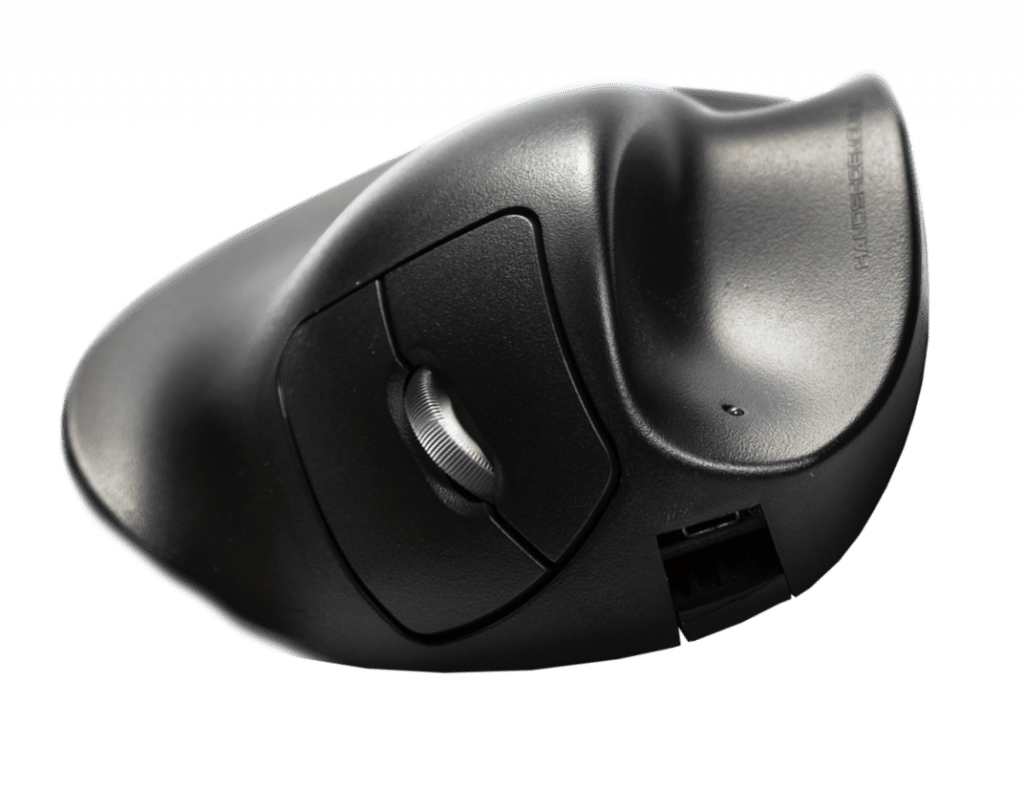

We have resellers in The Netherlands. If you wish to order the HandshoeMouse® Original or Shift from there, click one of the links below.
The original HandshoeMouse provides the user with a tool to operate a computer without provoking stresses and strains. The design, based on anatomical and field research, resulted in a supporting body which prevents excessive muscle tension in hand, fingers and thumb.
Original Wired and Wireless mouse
Wireless mouse

To maximize the benefits of the HandShoemouse, proper fit is essential.
Measure the inside of the stretched hand. This length gives an indication of the size needed.
Small: 170mm
Medium: 190mm
Large: 210mm



The HandShoe Mouse has been developed by a Dutch medical university and has been tested in a number of large organisations for almost two years. During these tests we saw many people who were suffering from RSI or Carpal Tunnel Syndrome, returning to work.
Want to be able to provide the top-of-the-line ergonomic mouse? Read more about the advantages and perks of becoming a certified HandshoeMouse reseller.


To maximize the benefits of the HandShoe mouse, proper fit is essential.
Measure the inside of the stretched hand. This length gives an indication of the size needed.
Small: 170mm
Medium: 190mm
Large: 210mm